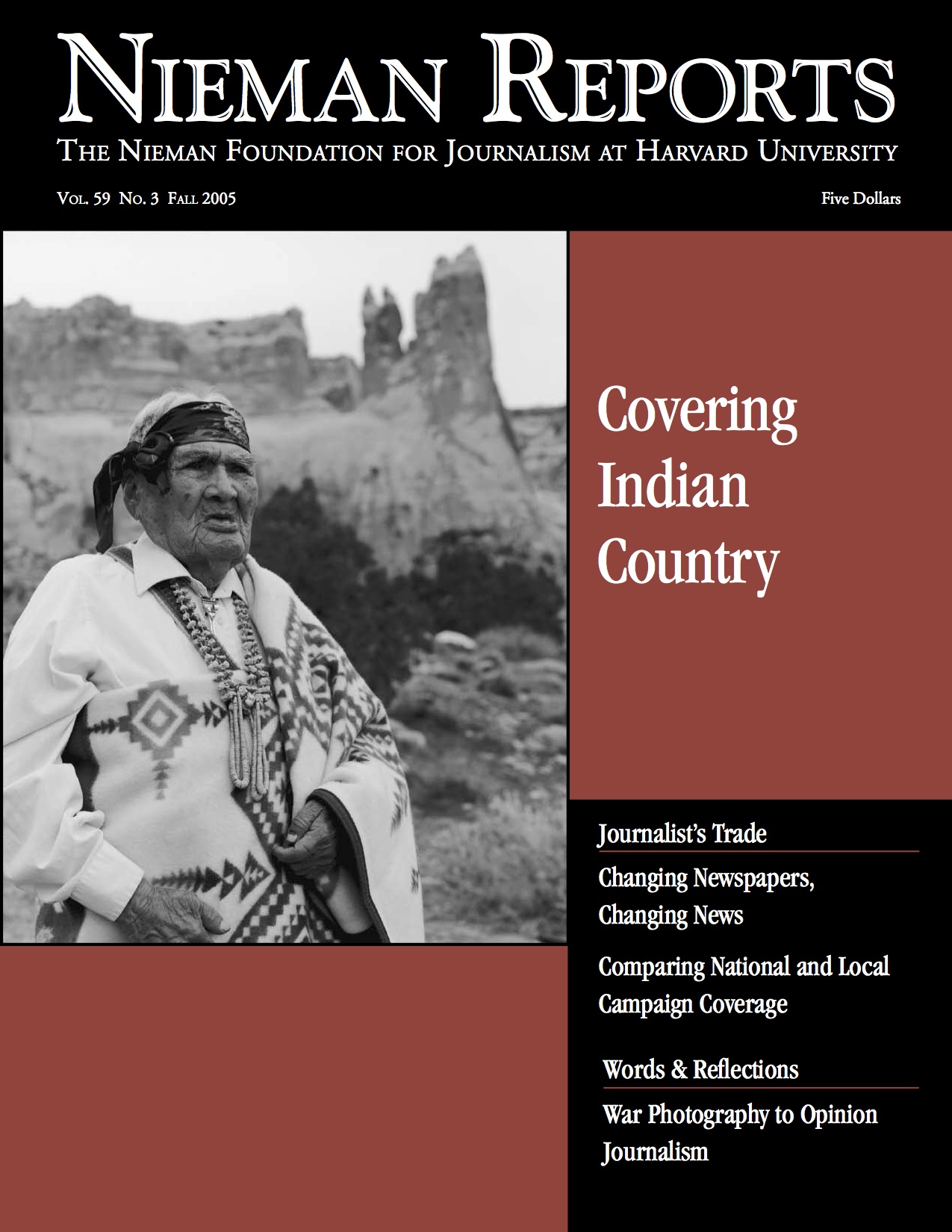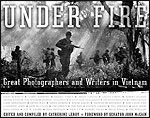My grandmother’s high school graduation gift—a little mechanical box—changed my life in ways I could never have imagined on the night when I opened this package. At times it’s led me to places only reached when genies magically rub their lamps; at other times, it’s taken me into a Pandora’s box of hell.
I can barely remember the tears of my first wife on the day I told her I was leaving to photograph my first conflict in Nicaragua in 1983. But I recall vividly the words of the wife of the man who sent me—the director of photography of The Times-Picayune in New Orleans—when she asked, “Are you sure about this? War changes men.”
Perhaps I should have known better about entering this world of war. After all, I had watched my older sister’s boyfriends leave to fight in Vietnam pimply faced and silent and then watched as they came home and demonstrated on me, using imaginary knives, how they slit enemy throats. Back then I remember thinking to myself that war does change men in cruel, silent ways. Now I wonder if they see the same horrible things in dreams as I do.
I went off to war, with my camera as my artillery. The two words “I went” define much of the rest of my life, just as they define the lives of any journalist who goes and who cares. I went. I saw. I brought back images. But what happened in between is a legacy buried in a thousand stories, a half-dozen close calls with death, and probably a dozen more I don’t even know about. Going is easy. Coming home is hard. But duty called, so I went. I never look back on that decision because I can’t.
There is another memory of Vietnam I carry with me from my teenage years. They are images taken by a single photographer, and they changed my life, too. Perhaps his photos were the ghost-like terror of a reality I unconsciously was trying to ignore. I was maybe 13 years old when I found Don McCullin’s book, “Is Anyone Taking Any Notice?” at the Abilene Public Library in West Texas where I grew up. His images are some of the most chilling and evocative pictures from war that I believe have ever been taken.
There have been other great war photographers such as the Civil War’s Matthew Brady, along with his assistants, and from the last century’s wars, David Douglas Duncan, Joe Rosenthal, W. Eugene Smith, Robert Capa, Larry Burrows, and Catherine Leroy. The list is longer still. Capturing war’s horror becomes a team effort. When a photo fails to touch our heart or grasp our mind, another steps in. And if we keep looking, the bombardment never ceases.
A few decades after reading his book—and taking my camera to a few battlefields, too—I had the chance to meet McCullin. Earlier this year the two of us joined Vietnam War photographer Catherine Leroy in a panel discussion about war photography at the University of California at Berkeley. As we spent time together, what McCullin couldn’t fathom but did appreciate was the enormous influence his images had on my life.
Do Images of War Matter?
The Berkeley panel marked the official release of Leroy’s book “Under Fire: Great Photographers and Writers in Vietnam,” which she edited. As someone who has been to war with a camera, what I found most striking about Leroy’s book—with its many pages of photography taken from the frontlines and behind them—is how the incomprehensibly cruel landscape of war never changes.
In fact, if one tracks war photography, similar themes emerge; even the fields and faces can start to appear to be the same. All that changes is the uniform. Perhaps this is why to look back at this striking compilation of images from Vietnam is perhaps more poignant now than it was when these images were first released. Fitting, too, that at this time when our nation is embroiled again in another distant war, these photographs can help us to recognize some parallels, if only in the pain endured and sacrifice given in every war. As we survey these images from a past war, Iraq seems but a toss of the stone from the ripple that was Vietnam. Where one war finally ended, another has begun. When we no longer see the poignancy in these ripples, we must question humanity itself.
During our panel discussion an audience member asked if we thought images of war make a difference. McCullin replied that he doubts they do, as he observes from afar a war that rages even now. His words offered chilling evidence of my silent fear that all of the images of suffering I’ve sent home for publication have been for naught. Yes, I worked hard, and I’ve won a few awards. But if that is all there is that comes out of my work, then the thought sickens me.
I know that as photojournalists raise their cameras amid shocking scenes of the death and destruction and devastation of war, they harbor the hope that this captured moment might bring an end to the madness of war. But they don’t, for war continues unabated, wrecking lives without abandon. It explains why when I shared a Pulitzer Prize for photography from Iraq, my overriding feeling was one of failure.
The images of war don’t change. They are as brutal and obscene as they were a thousand years earlier. Death and atrocity mingle like roommates in a despotic neighborhood of loss. No one really wins in war. Innocence can never be regained. Were it that the din of voices raised could overshadow the thunder of artillery, shouting men in the name of diplomacy might rescue us, even if images of this diplomatic battle would not stir our emotions, as our scenes of war do.
When McCullin finished speaking, it was my turn, and I told the story of finding his images on a bookshelf in my small town in Texas and how my life was changed by them. I told about times when I raised my camera and saw his photos in the viewfinder. For me, a circle closed. I can only hope my images will do the same for some child today. On that evening at Berkeley, as stage lights glared in my eyes making it difficult to look out and connect with eyes across the stunned and silent audience, images I’d fled from decades ago found me.
David Leeson is a photojournalist for The Dallas Morning News. His news photography from Iraq, along with that of colleague Cheryl Diaz-Meyer, was awarded the 2004 Pulitzer Prize for Breaking News Photography. He is also a two-time winner of the Robert F. Kennedy Award.



